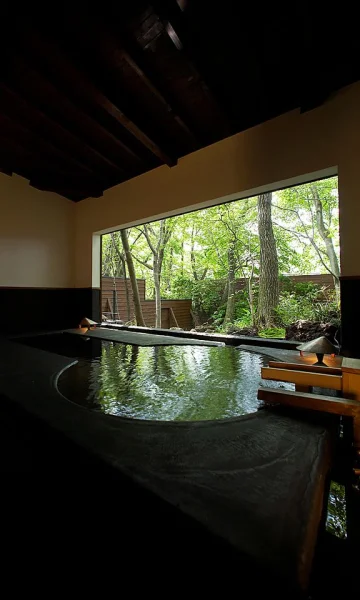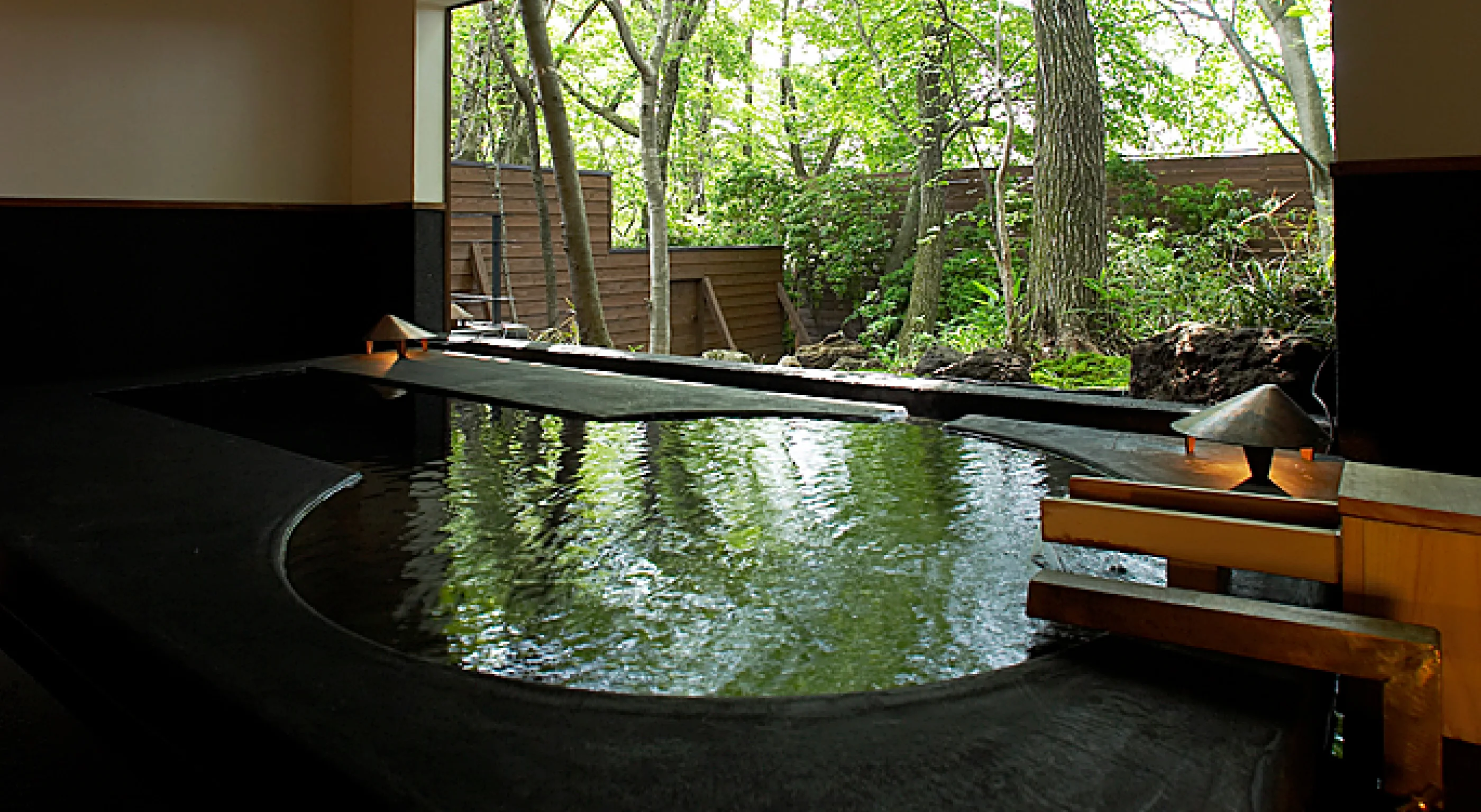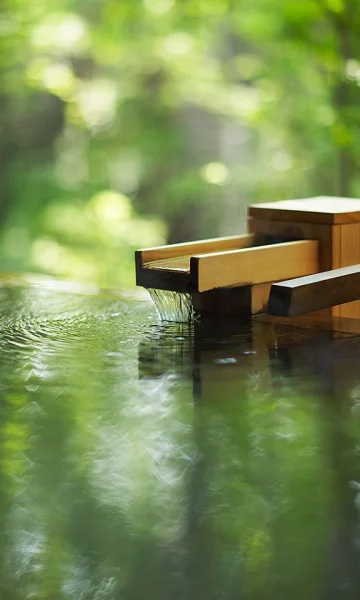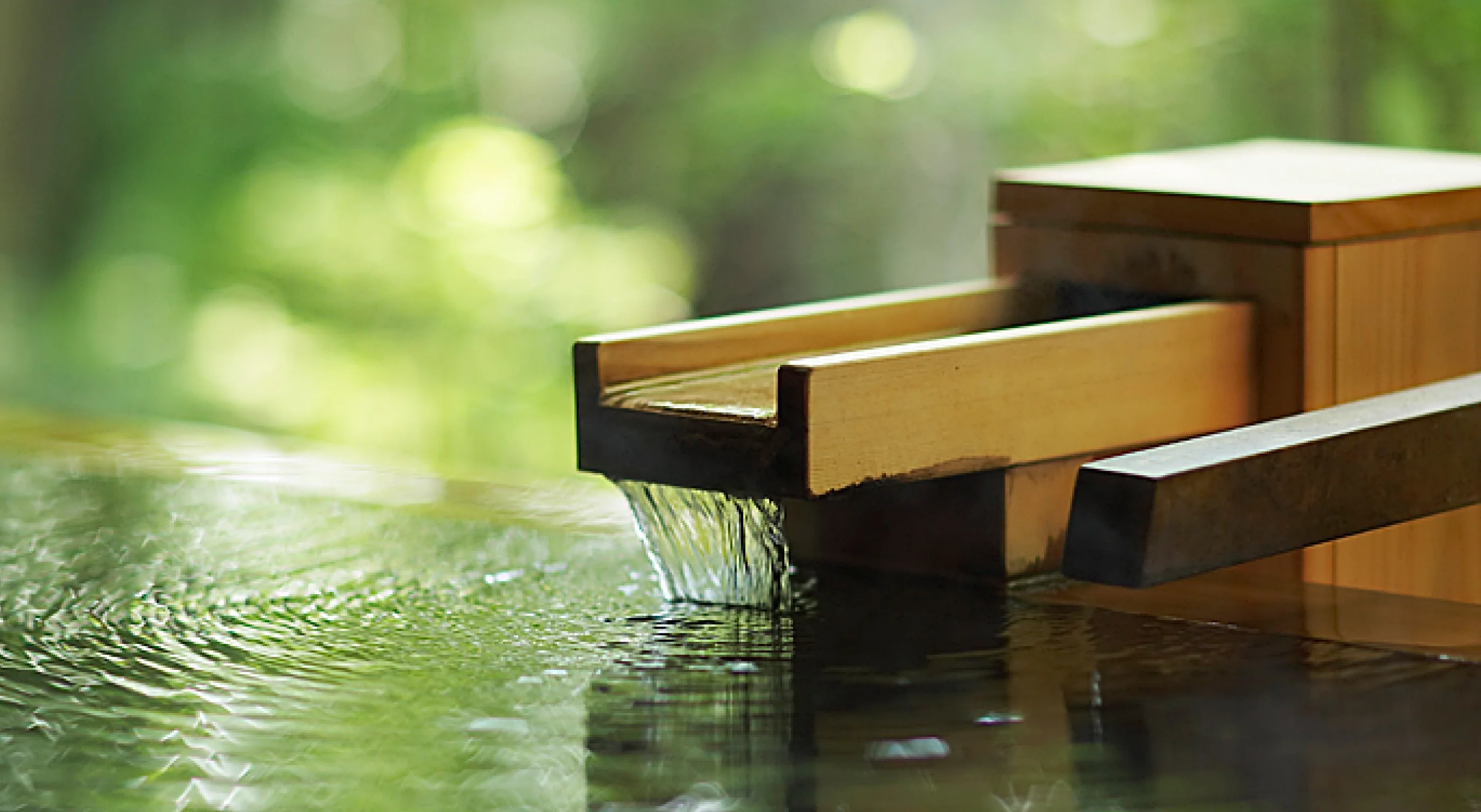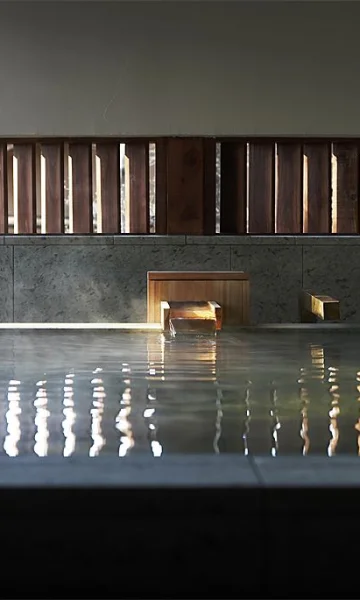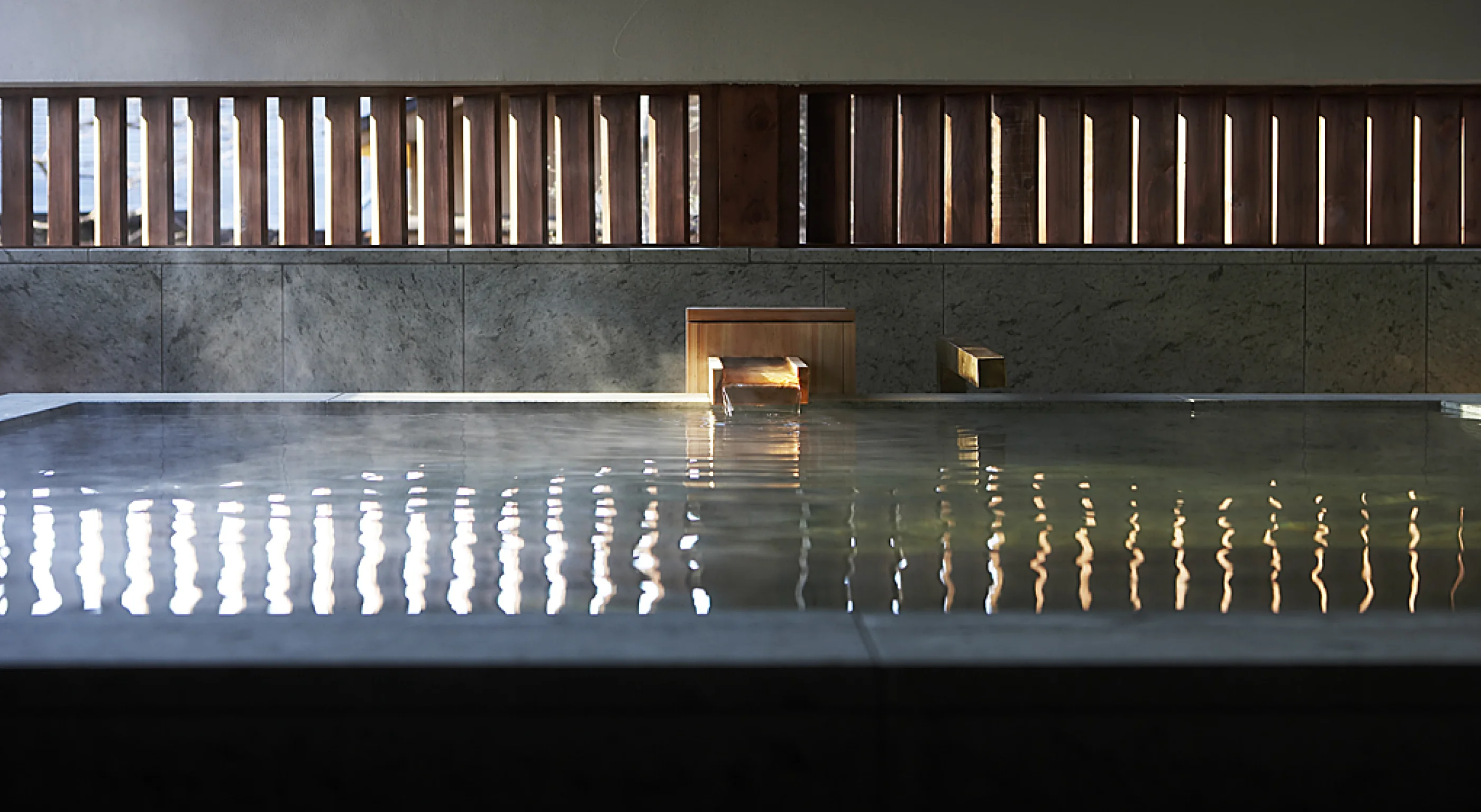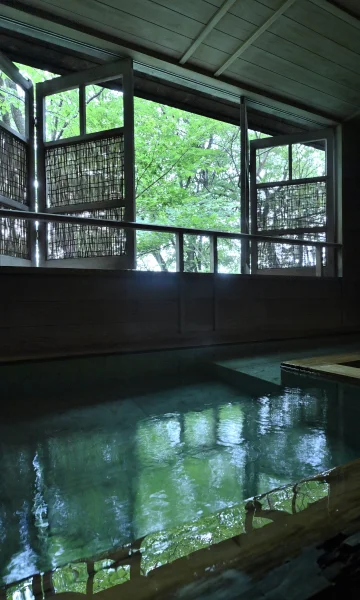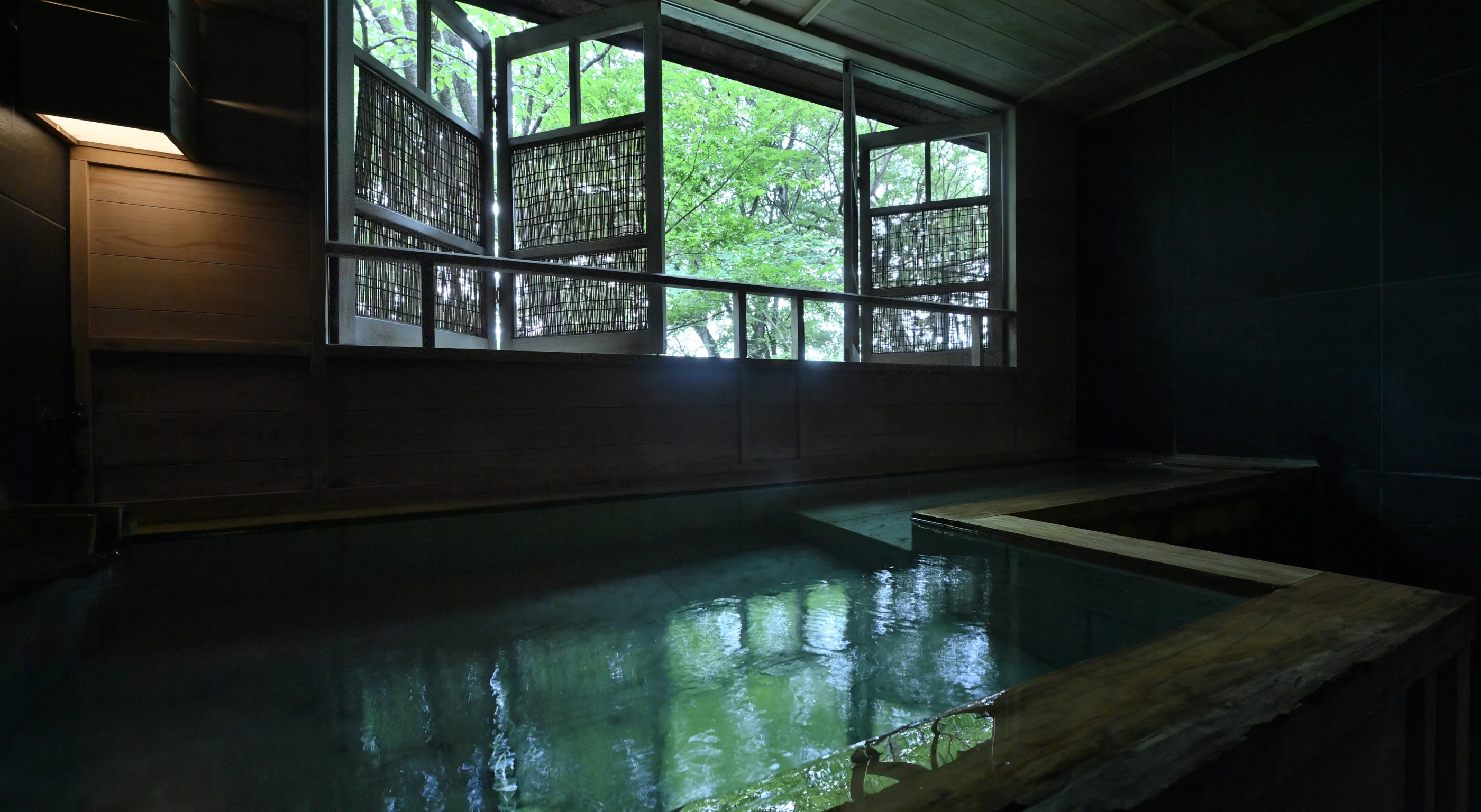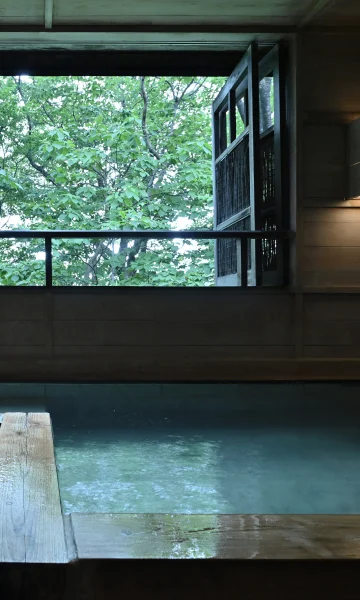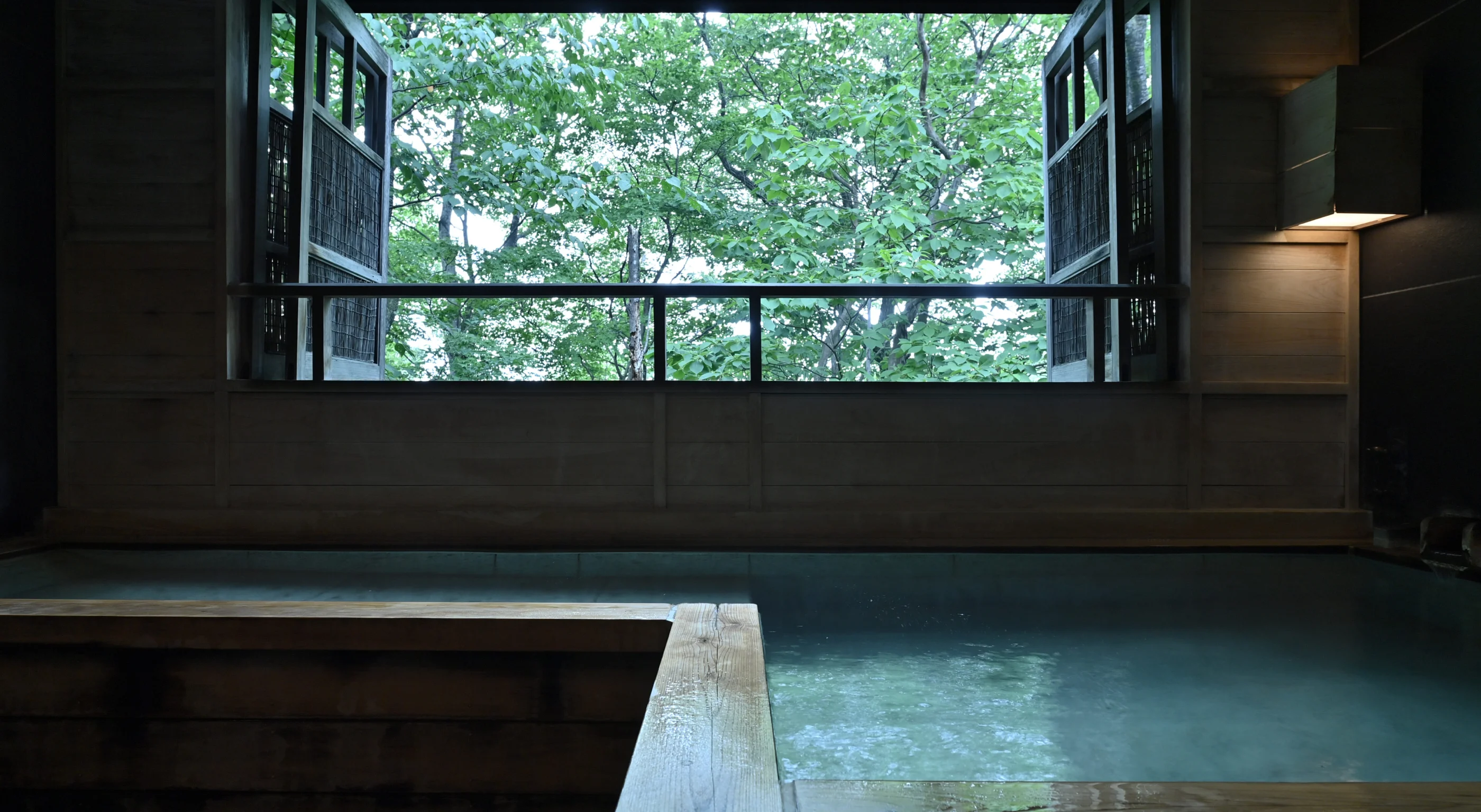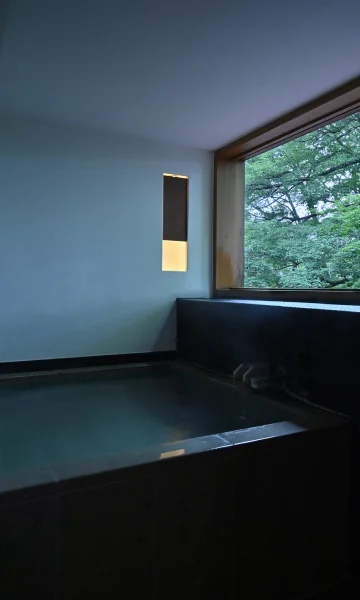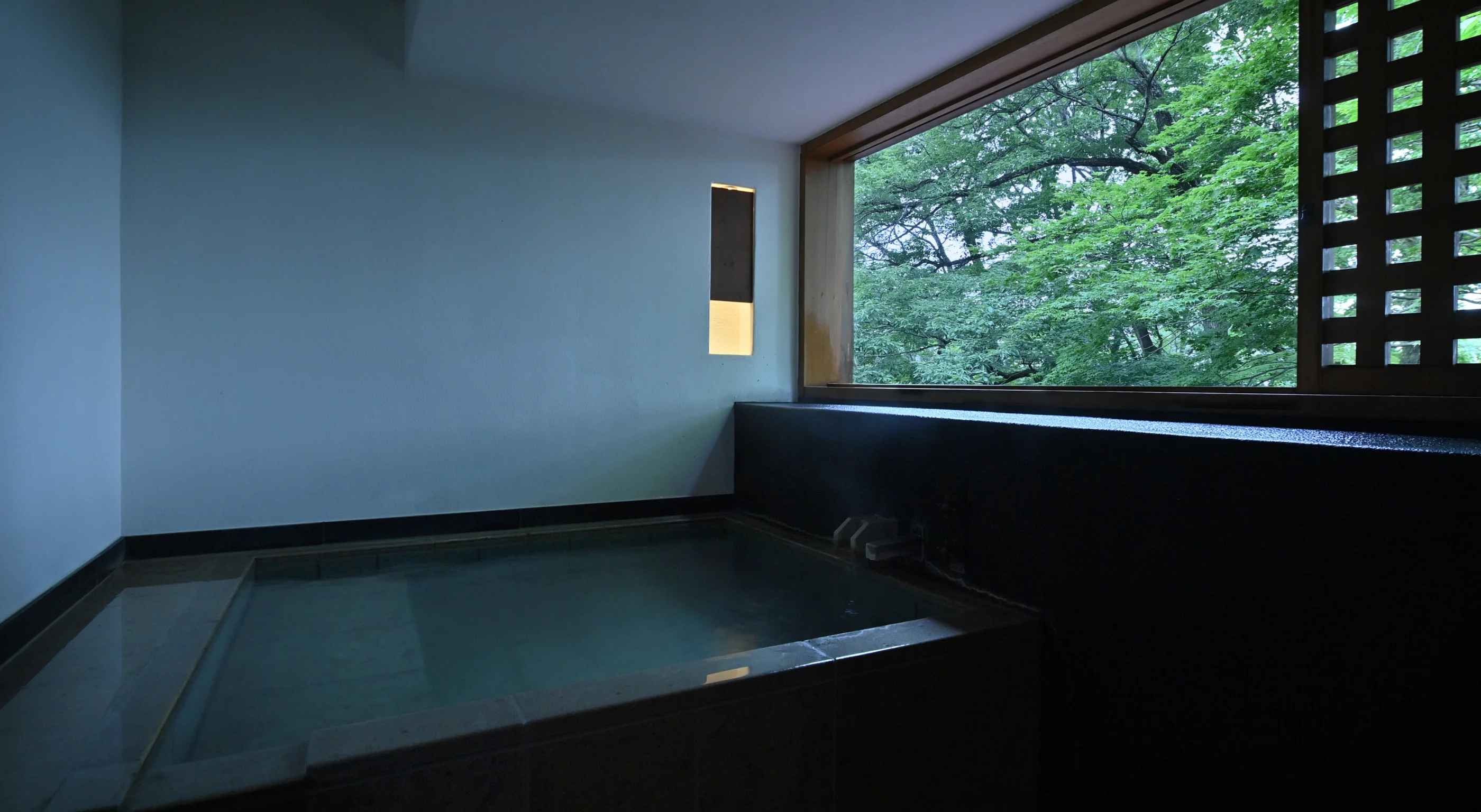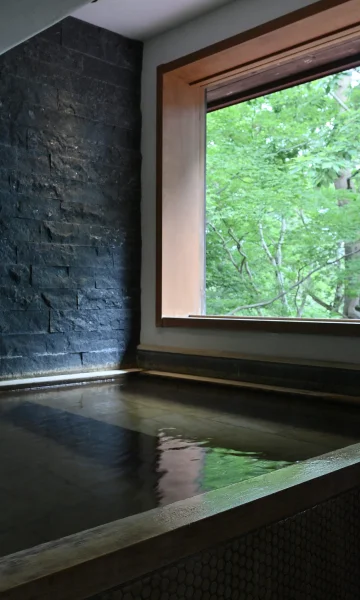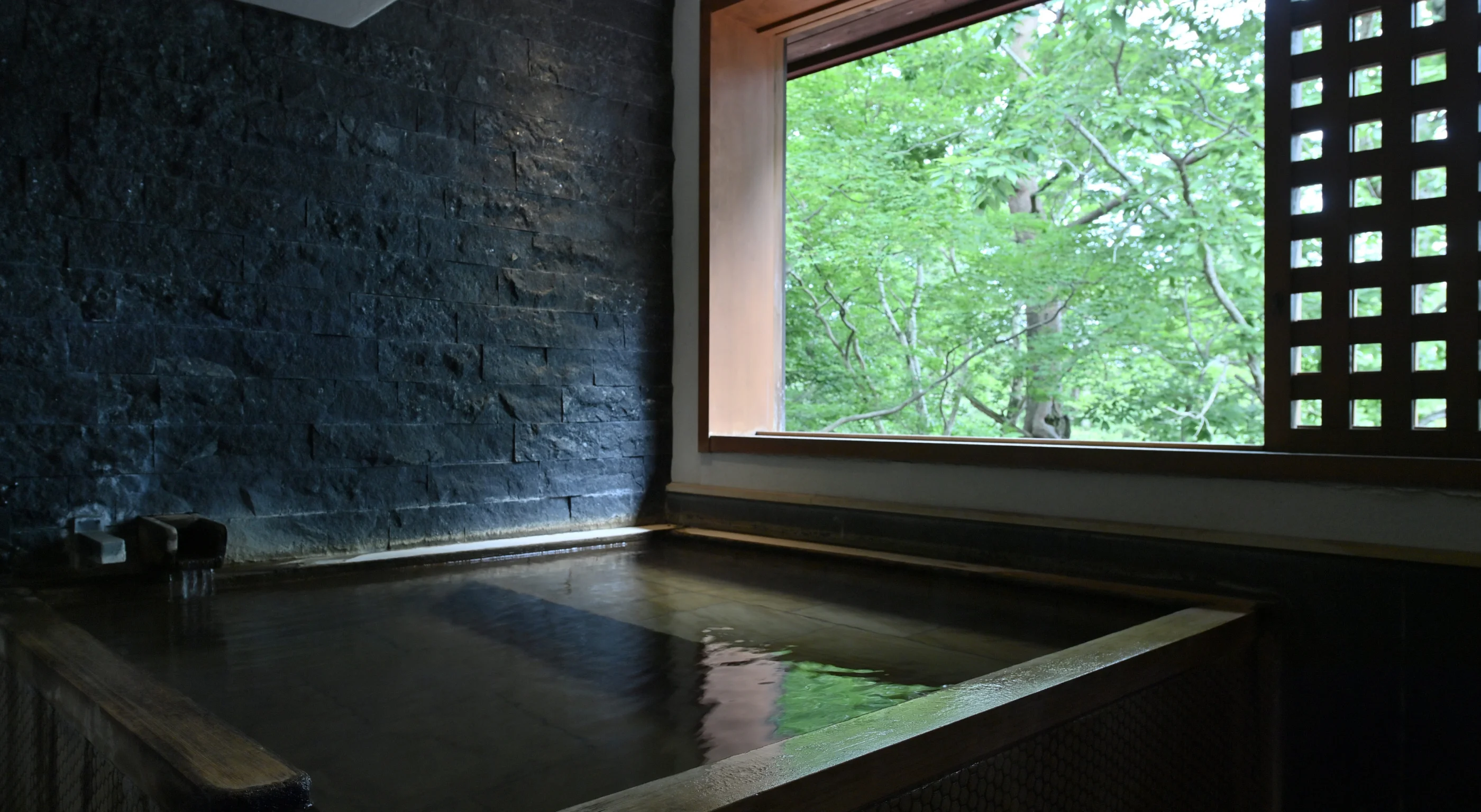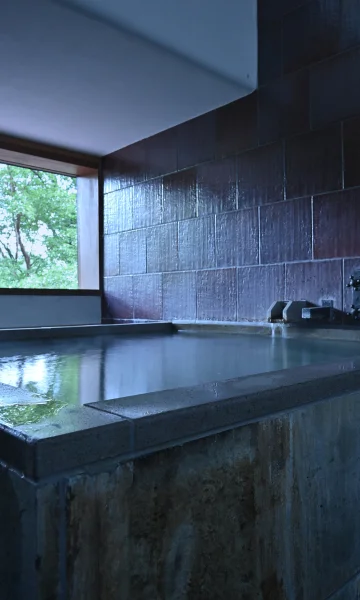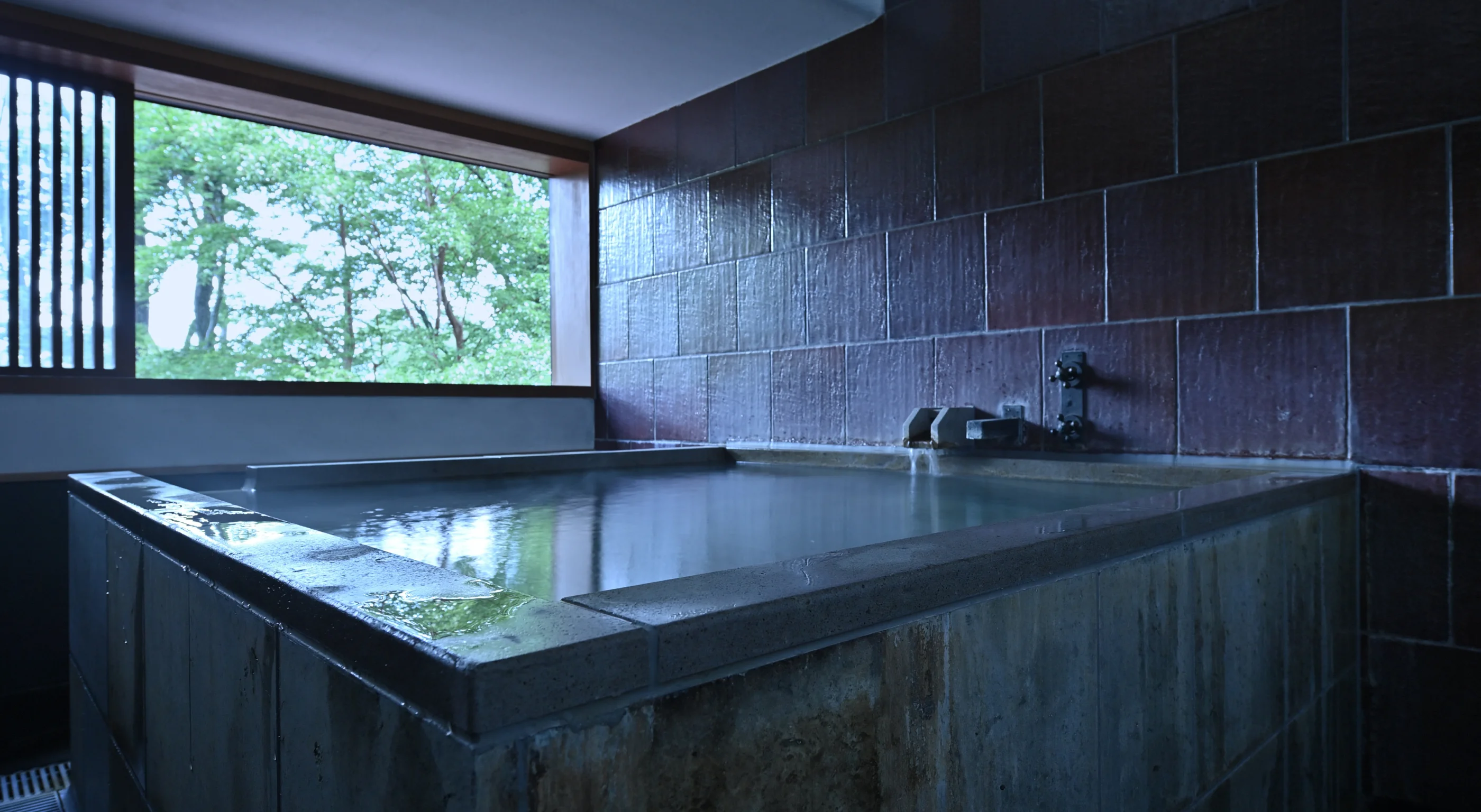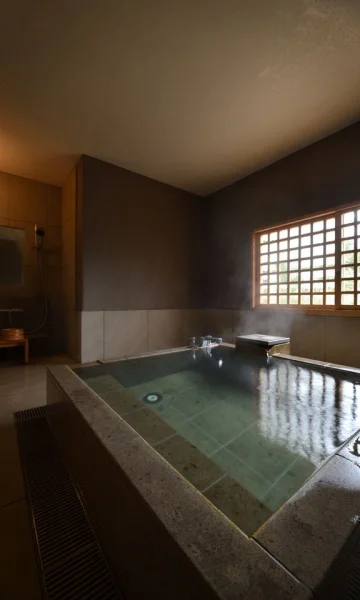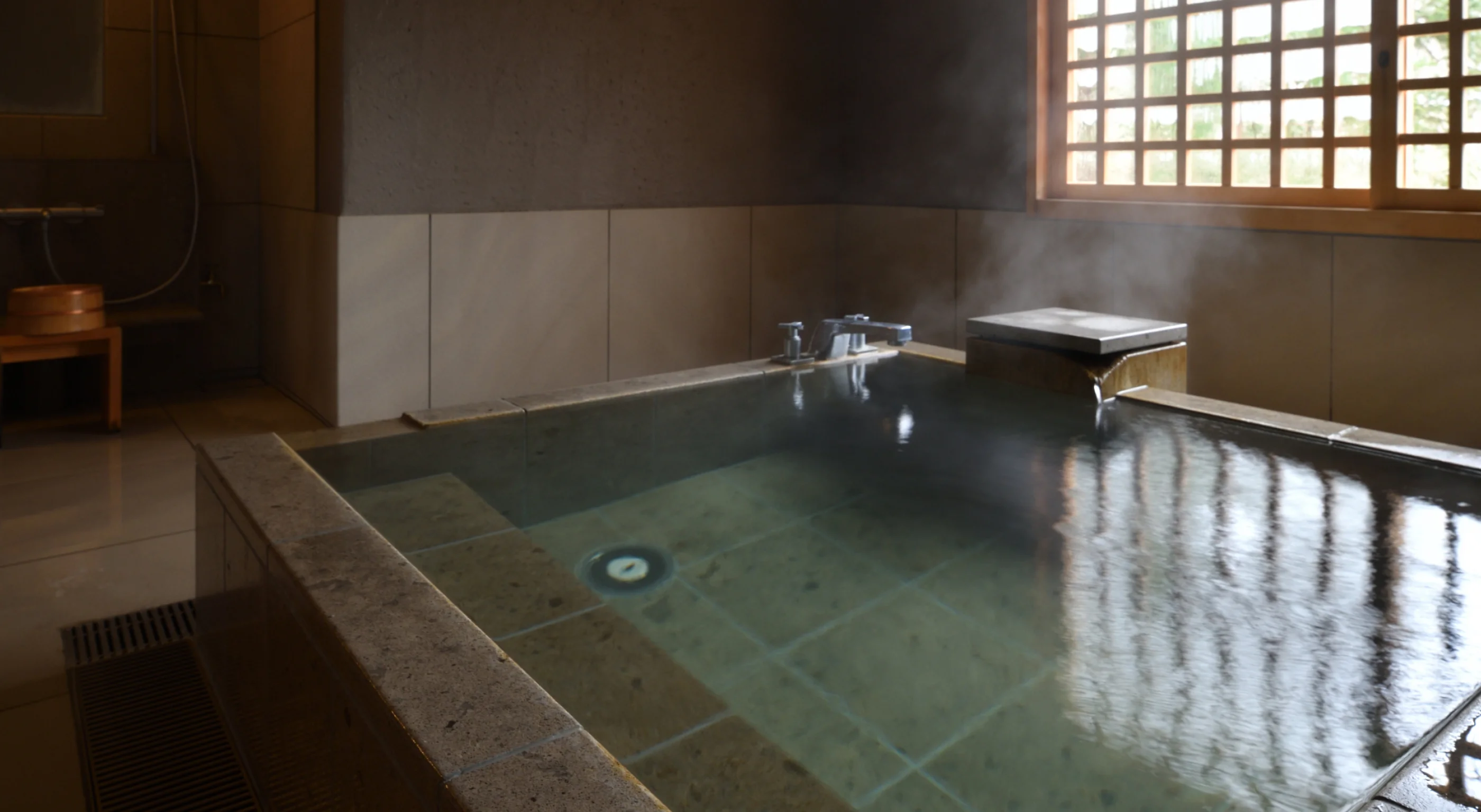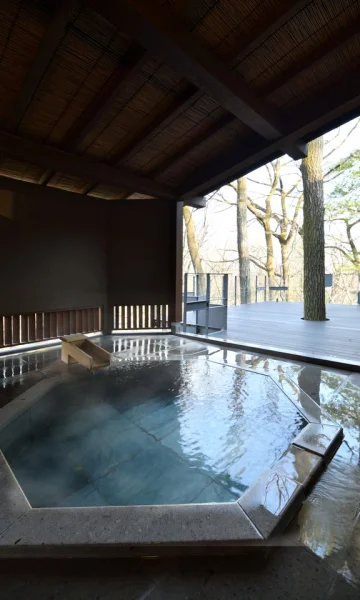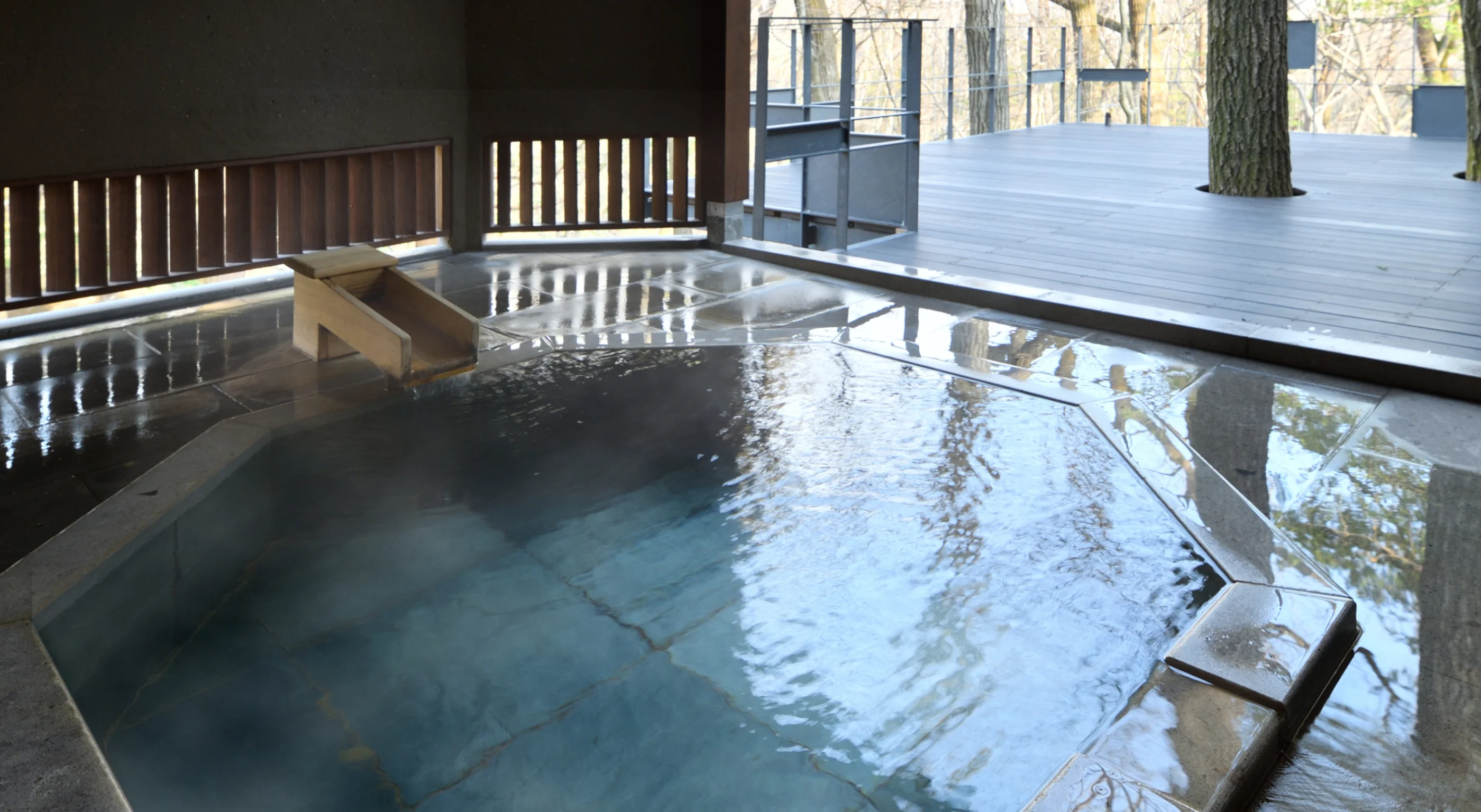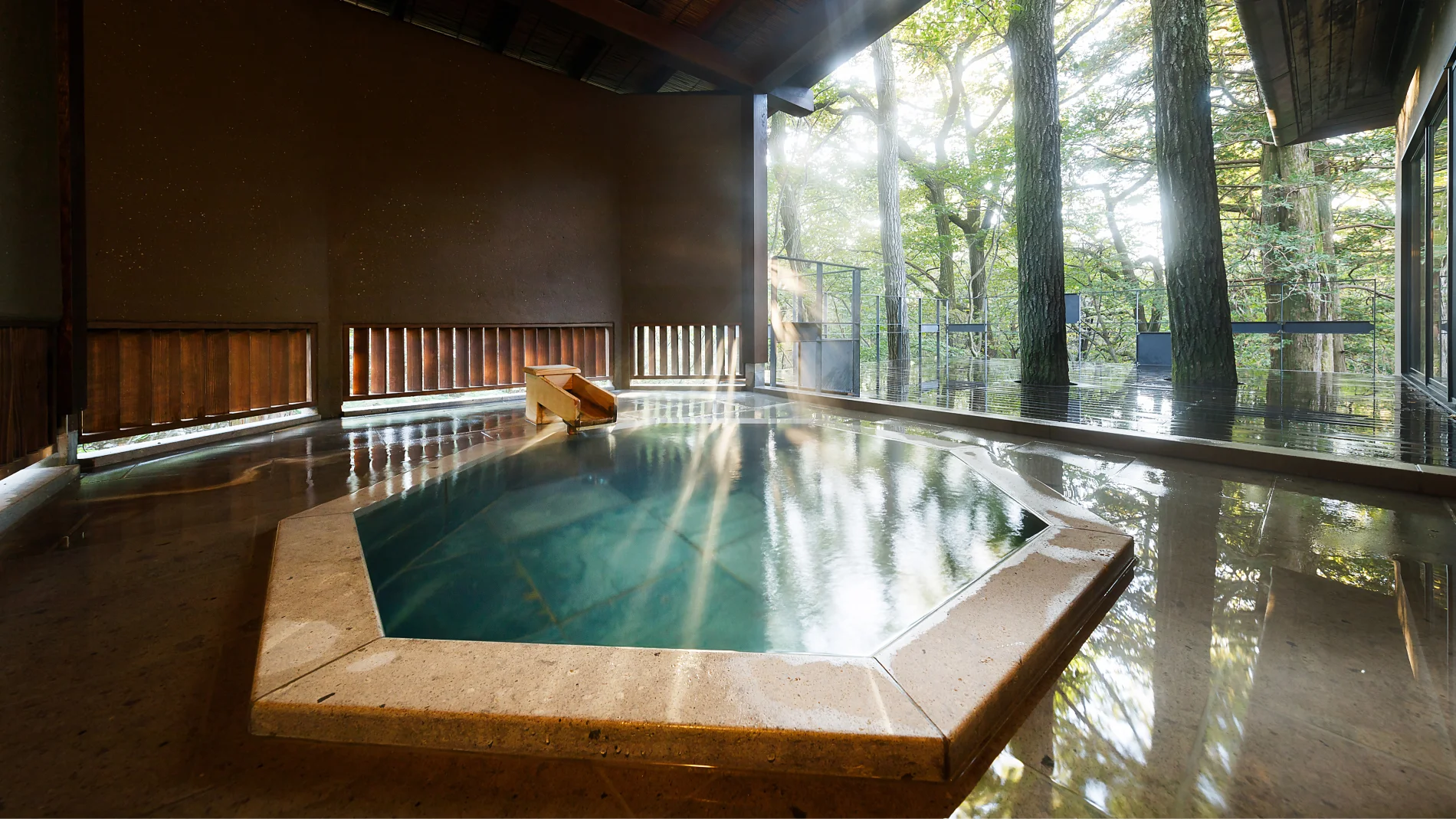
那須温泉郷は、舒明2年(630)の鹿の湯の発見から始まりました
江戸時代の元禄4年(1691)に発見されたと伝えられる大丸温泉は
那須温泉郷の中でも2番目に高い標高1,300mの地点にあります
大丸温泉は、黒羽藩主大関氏や乃木希典将軍が好んだ温泉としてもよく知られております
大正12年(1923)、大丸温泉の源泉から木管と自然流下を利用した引き湯に成功し
宿泊施設が開業したことでこの辺りは新那須温泉と呼ばれるようになりました
大正15年(1926)に那須御用邸が完成し大丸温泉は御用邸にも引き湯されました
Nasu Hot Spring Village began with the discovery of Shika-no-yu in the 2nd year of Seimei (630).
Daimaru Hot Spring, which is said to have been discovered in the 4th year of Genroku (1691) during the Edo period
It is located at an altitude of 1,300 m, the second highest point in Nasu Hot Spring Resort.
Daimaru Onsen is also well known as a favorite hot spring of the Kuroba feudal lord Ozeki and General Kisuke Nogi. In 1923, hot water was successfully drawn from the source of Daimaru Onsen using a wooden pipe and natural flow,
Accommodation facilities were opened, and this area came to be called Shinnasu Onsen (New Nasu Hot Spring).
In 1926, the Nasu Imperial Villa was completed and Daimaru Onsen was also used for the Imperial Villa.
| 源泉名Source name | 新那須温泉Shinnasu Onsen |
|---|---|
| 泉質Spring quality | 単純温泉(低張性中性高温泉)Simple hot spring (hypotonic neutral high temperature spring) |
| 泉温Spring temperature | 64.6度64.6 degrees |
| 性状Properties | ほとんど無色透明、収れん味を有す、硫化水素臭を有すAlmost colorless and transparent, has an astringent taste, and has a hydrogen sulfide odor. |
| 温泉の効能Effects of hot springs | 美肌効果/妊娠中でも御利用可/神経痛/関節痛/関節のこわばり/慢性消化器病/冷え性/筋肉痛/病後回復期/疲労回復Beautiful skin effect / Can be used during pregnancy / Neuralgia / Arthralgia / Joint stiffness / Chronic digestive disease / Sensitivity to cold / Muscle pain / Post-illness recovery period / Fatigue recovery |
客室風呂は、衛生管理のため「循環ろ過」しております。
Guest room baths are "circulated and filtered" for hygiene control.
